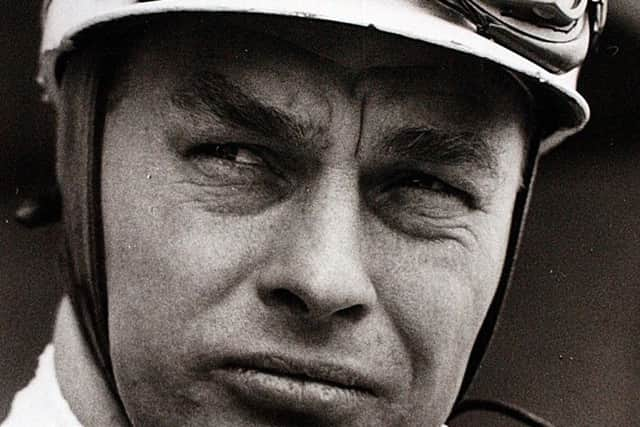Lost Edinburgh: When a racing team from Merchiston won Le Mans


The achievements of Ecurie Ecosse are nothing short of remarkable. Founded in 1951 with a meagre budget by F1 racing driver-turned entrepreneur David Murray, the tiny Edinburgh-based outfit would go on to defy all odds by grabbing back-to-back victories at Le Mans.
Écurie in French literally translates as ‘stable’ (as in horse stable), but was commonly used in motor racing as a substitute of “team”. French was considered the language of motor racing at this time, and boasting a foreign-sounding name meant a better chance of securing lucrative sponsorship deals.
Advertisement
Hide AdAdvertisement
Hide AdMurray’s “Team Scotland” was based in modest surroundings at Merchiston Mews, a cobble-laden lane of garages in west Edinburgh, much of which still stands today. Backed by a string of fellow Scottish motor racing enthusiasts, and the talents of mechanic “Wilkie” Wilkinson, the team was soon regarded as one of the most potent forces in the country, competing at three successive F1 British Grands Prix from 1952-54.


Among the drivers for the 1953 Grand Prix was Jimmy Stewart, elder brother of future Formula One world champion Sir Jackie. Sadly, the team, scuppered by engine failures and retirements, went home disappointed at each of their British Grand Prix appearances; with Leslie Thorne’s 14th place finish in 1954 their best result. Ecurie Ecosse departed Formula One, but great success was just round the next hairpin bend.
Ecurie drivers Ron Flockhart and Ninian Sanderson made history in 1956 by winning the famous 24 Hours of Le Mans endurance race. The Merchiston minnows shook the world of motor racing as they overcame giants such as Ferrari and Maserati to claim their laurels.
The following year, the team again appeared at Le Mans and astonishingly managed to do it all again – this time securing a stunning 1-2 finish. The masterful Ron Flockhart partnered with Ivor Bueb occupied pole position, with fellow Ecurie teammates Ninian Sanderson and John Lawrence a hugely admirable second. Flockhart and Bueb even set a new distance record.
Advertisement
Hide AdAdvertisement
Hide AdAfter their dazzling performances at Le Mans, the team would go on to notch up an incredible 68 racing victories in just 10 seasons. Ecurie Ecosse was a sensation and had cemented its reputation as one of the finest racing teams to have ever emerged from these isles.


The victories at Le Mans captured the imagination of the British public, and dressed in their distinctive Saltire-blue metallic paint, the Jaguar D-Types employed by Ecurie Ecosse had become icons in their own right. When toy manufacturers Corgi produced 1:48 scale replicas of the Ecurie racing fleet, including the fabled three-car transporter, sales went through the roof. The toys, although no longer produced, are still hugely sought-after items among collectors.
In 2013, seven of the real Ecurie Ecosse cars plus original transporter were sold at Bonhams to a private buyer in the United States for a whopping £8.8 million.
Ecurie Ecosse’s superb form of the 1950s didn’t last. A mixture of poor results and shoddy financial management led to the team being disbanded in 1972. Edinburgh’s greatest racing team wouldn’t disappear for too long, though. The team was reformed in 1982 under the astute leadership of Hugh McCaig and would go on to taste success on a number of occasions at various major racing events.
Advertisement
Hide AdAdvertisement
Hide AdA bench erected in the memory of Ecurie Ecosse founder, the late David Murray, can be found on Castle Terrace, in Edinburgh’s city centre.
Every Scottish racing driver to have won a Formula One Grand Prix has driven with Ecurie Ecosse at one time or another. Just let that sink in for a minute.